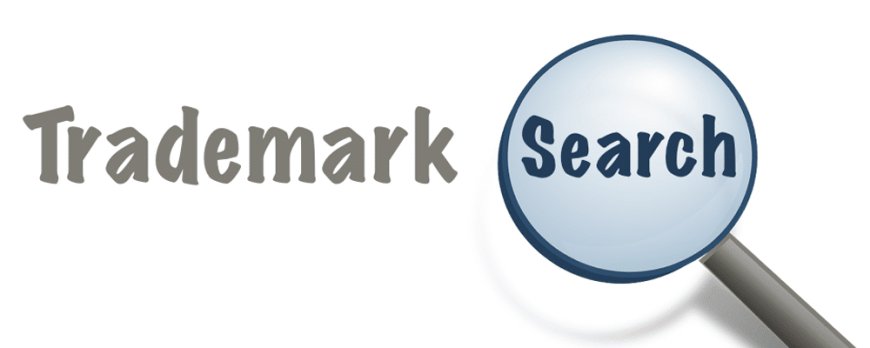International Trademark Search: A Comprehensive Guide
An international trademark search is a process used to identify existing trademarks that may conflict with your brand’s name, logo, or other identifiers across different countries.

Protect Your Investment: Launching a new product or service in a foreign market involves significant investment. A thorough search ensures that your trademark is unique and protected, safeguarding your financial investment.
Enhance Brand Strategy: Identifying potential conflicts early helps in developing a more strategic and effective branding plan, reducing the likelihood of rebranding or legal challenges later.
Choose the Right Search Tools: Utilize global trademark databases and search tools to gather information on existing trademarks.
Some popular resources include the World Intellectual Property Organization (WIPO) Global Brand Database, the European Union Intellectual Property Office (EUIPO) database, and the United States Patent and Trademark Office (USPTO) database.
Search by Trademark: Begin by searching for your proposed trademark in various jurisdictions. Evaluate the search results to determine if there are any potential conflicts. Consider factors such as the similarity of the trademarks, the scope of goods or services they cover, and the geographical areas of protection.
Assess the Need for Additional Searches: In some cases, a preliminary search may indicate potential conflicts, but further detailed searches might be necessary. This is particularly important if the initial search uncovers trademarks that could pose a risk to your brand.
File for International Protection: Once you’ve cleared your trademark search and are confident that your brand is unique, you can proceed with filing for international trademark protection. This typically involves applying for trademarks in individual countries or using international systems like the Madrid Protocol, which allows you to file a single application to seek protection in multiple member countries.
Challenges in International Trademark Searches Variations in Trademark Laws: Different countries have unique trademark laws and regulations, which can complicate the search process. Each jurisdiction has its own criteria for determining trademark similarity and registration.
Language Barriers: Conducting searches in multiple languages can be challenging. Trademark databases and legal documents might be in different languages, requiring translation or interpretation to ensure accurate results.
Database Limitations: Not all countries have fully accessible or updated trademark databases, which can limit the effectiveness of searches. In some regions, you might need to rely on local legal experts to conduct searches.
Trademark Similarity: Determining whether a trademark is sufficiently distinct from existing marks can be subjective. The acceptable degree of similarity varies by jurisdiction and may involve complex legal analysis.
Best Practices for International Trademark SearchesStart Early: Begin the trademark search process as early as possible to avoid last-minute issues. This allows ample time to address any potential conflicts or issues that may arise.
Use Multiple Search Tools: Rely on a combination of global and local search tools to ensure a comprehensive search.
Regular Monitoring: Once your trademark is registered, continue to monitor the global trademark landscape for any new conflicts. Regular monitoring helps in protecting your brand from potential infringements.
Conclusion

 TMReady - The Trademark Search Company
TMReady - The Trademark Search Company